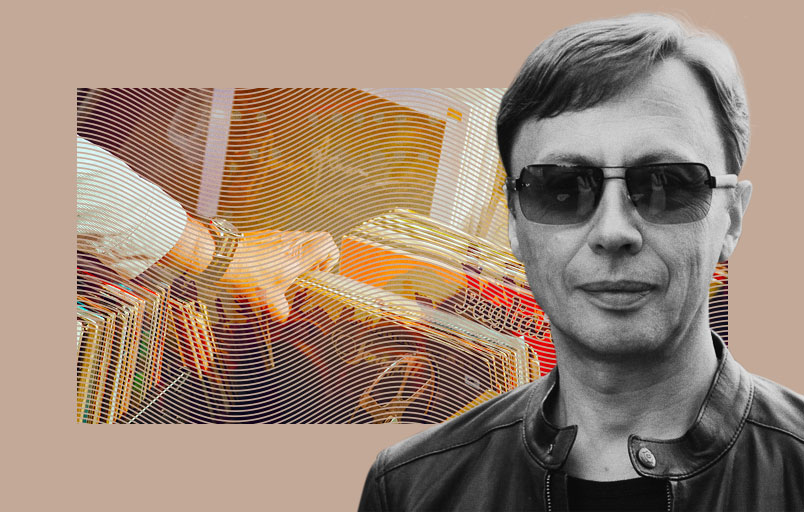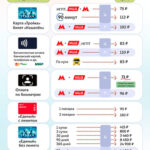During two hot weekend days in the surprisingly mushroom-rich August of 1989, specifically on the 12th and 13th, when summer residents near Moscow were picking porcini mushrooms right by their fences, the Soviet capital was shaken by an unprecedented festival.
Despite its routinely official name—Moscow International Peace Festival / Moscow Music Peace Festival—it wasn’t just a music festival, but a rock music festival, and one with an incredibly star-studded lineup. At Luzhniki Stadium, which at the time, like everything else in the country, bore V.I. Lenin’s name, the minds of uninitiated Soviet people were blown by the cream of the world’s heavy metal scene: Ozzy Osbourne, Jon Bon Jovi, Scorpions, Mötley Crüe, Skid Row, Cinderella.
To be fair, young Muscovites weren’t completely uninitiated: they knew and loved these bands, and rock giants like Uriah Heep and Pink Floyd had already performed concerts in the capital, but Moscow had never seen such a concentration of rock stardom.
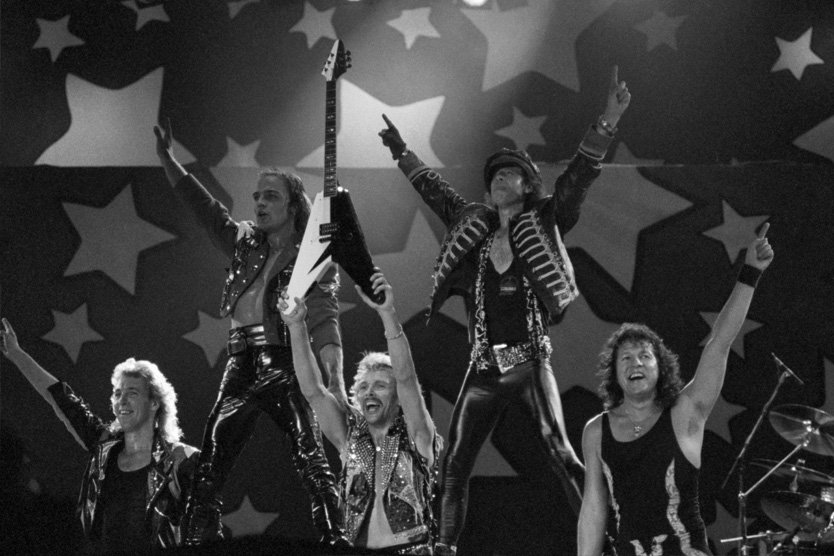
In a city where, not long before, police and volunteer patrols would crack down on people trying to stand up from their seats, dance, and openly express their emotions, now tens of thousands of young people were letting loose to the roar of upbeat, wildly energetic, and heavy rock—it was hard to believe what was happening, but it unfolded before a huge audience—the festival attracted 120,000 people over 2 days.
Tickets were quite expensive for the average Muscovite, given the lineup’s caliber, and eventually they were sold at three times below face value, which greatly contributed to the event’s rare mass appeal. Additionally, MTV broadcast the festival to 59 countries worldwide.
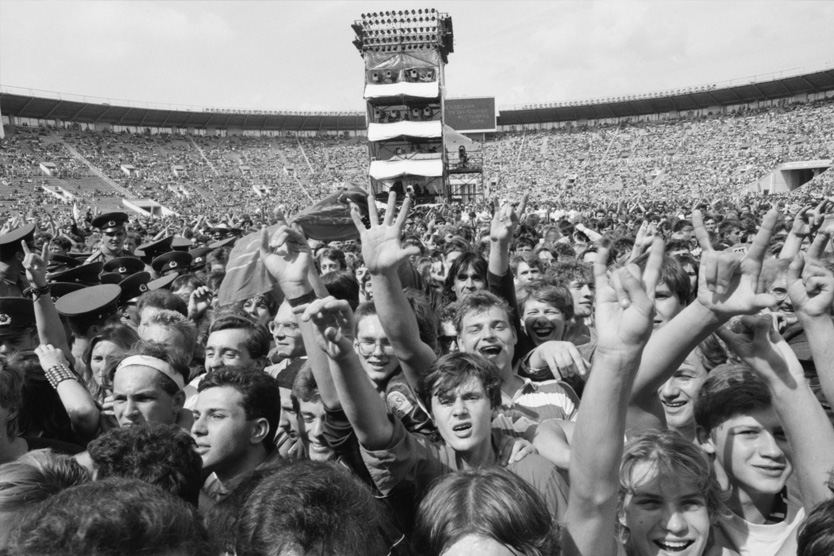
On a historical scale, the festival became one of the landmark events of those grand changes occurring in the vast Soviet state opening up to the world, and a demonstration of new American-Soviet friendship after three decades of Cold War. It largely inspired Scorpions’ famous rock anthem “Wind Of Change,” as they were one of its headliners.
But not everything was so simple—quite the opposite. How this festival came to be, how any of it was possible at all—this was a question many Soviet officials must have asked themselves.
It was a strange, pivotal time when everything was already coming apart at the seams, with nuts and bolts whistling off under the strain of acceleration, glasnost, and perestroika—attempts to reform the Soviet system.
But don’t think that pulling off something like this only required being a dreamer and visionary. You also had to be Stas Namin, who was the inspiration and organizer of the festival from our side.
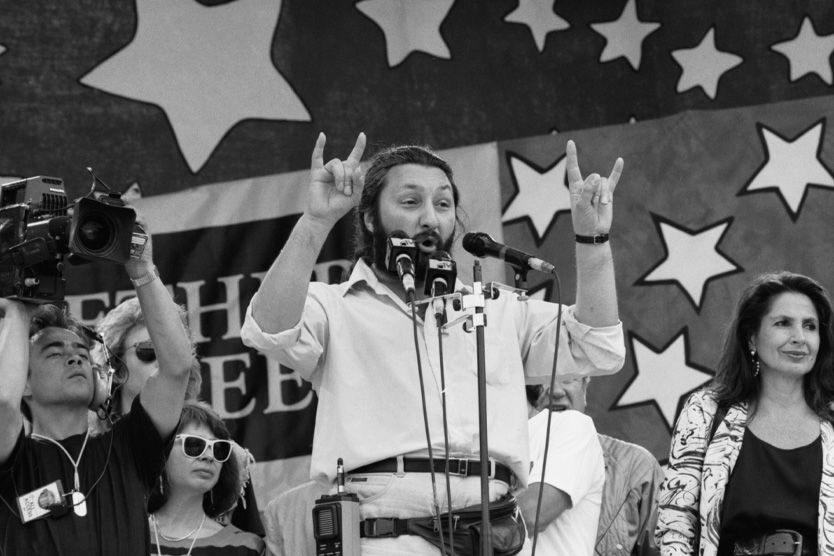
It should be explained that musician and producer Stas Namin was, in terms of Soviet nomenclature, a genuine “prince.” The grandson of Stalin’s People’s Commissar Anastas Mikoyan, after whom he was named, he was a model representative of the “golden youth”—much was permitted to him.
In the 1970s, his band “Tsvety” (Flowers) was the most hippie-like of the official “vocal-instrumental ensembles.” And right at the beginning of perestroika, he managed to create the Stas Namin Center at the “Green Theater” in Gorky Park of Culture and Leisure, which included, among other things, a record label and the first private radio station.
At this time, Namin was producing the specially created export rock group Gorky Park, intended for the American market. Naturally, they participated in the festival and released their debut album in the US right after it. This gives an idea of Stas Namin’s stature. But even for someone like Stas Namin, organizing such an event was a challenge of the highest order.
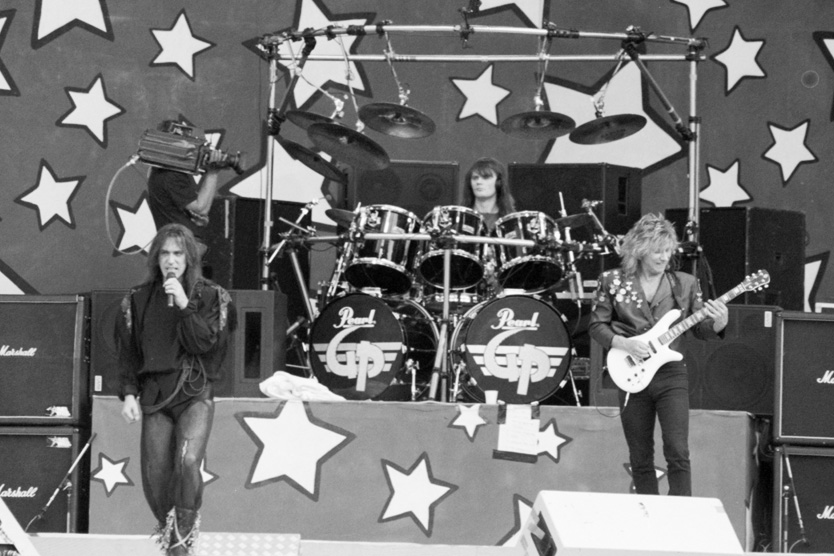
On the American side, the key figure among the organizers was his friend, music producer Doc McGhee. It was he who helped

